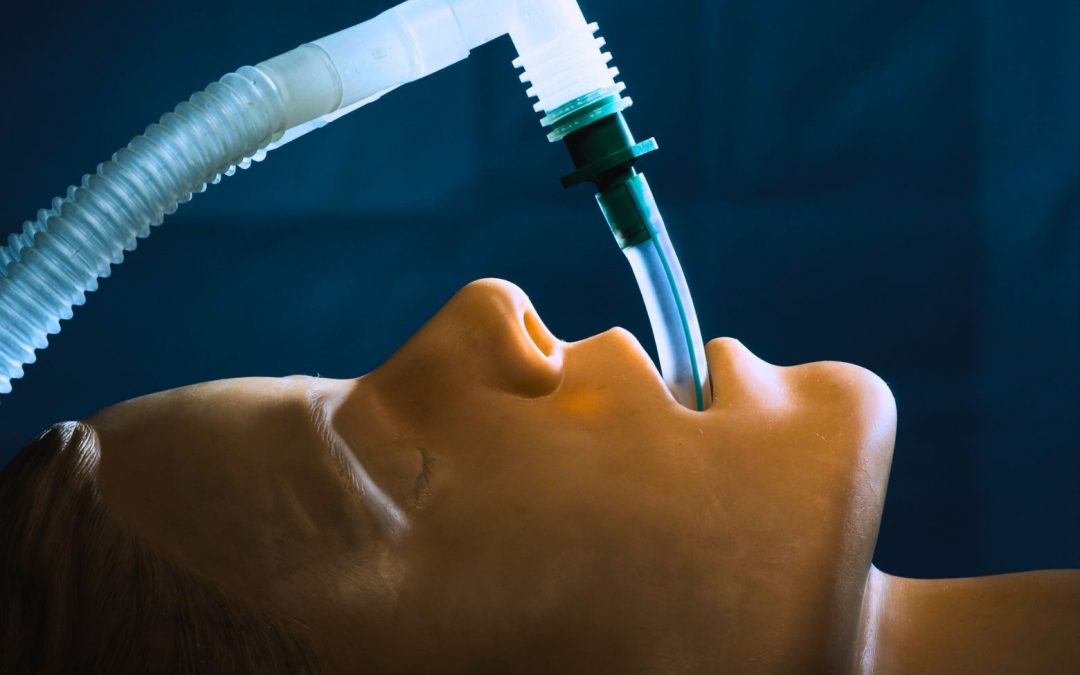What Is a Penile Fracture?
A penile fracture is a misnomer because the penis lacks an internal bony framework. A proper definition is a traumatic rupture of the tunica albuginea within one or both corpora cavernosa. The two sponge-like cylinders (corpora cavernosa) make up the penis and fill with blood during arousal, protected by the fibrous envelope of the tunica albuginea.
Within the context of trauma, a fractured penis occurs when the tunica albuginea tears or ruptures from trauma. Most patients with a penile fracture experience a unilateral tear. Compounding injuries can include a rupture of a penile vein, hematoma (bruising) or ligament injury.
During an erection, blood fills the corpora cavernosa to engorge the penis. When engorged and if bent with sudden force or affected by blunt trauma (thrust against the pubic bone or perineum) the outer lining of the corpora cavernosa (tunica albuginea) ruptures. The fracture most often occurs in the distal two-thirds of the penis. Sexual intercourse, followed by masturbation, are the most common causes and treatment centers on preserving urinary continence and sexual function.
A rupture of the corpus spongiosum, which supports the urethra, may require prompt surgical intervention to repair and preserve erectile and voiding function. Unlike blunt abdominal trauma, injuries to the genitourinary tract seldom pose a threat to life. But specific to a penis fracture is the associated embarrassment, under-reporting, or hesitancy to disclose or delay seeking medical treatment.
It is important that nursing staff be aware of the social inhibitions surrounding penile fracture and the need for early diagnosis and prompt treatment. Delaying treatment increases the risk of complications, including ischemia, necrosis, and penile deformity.







